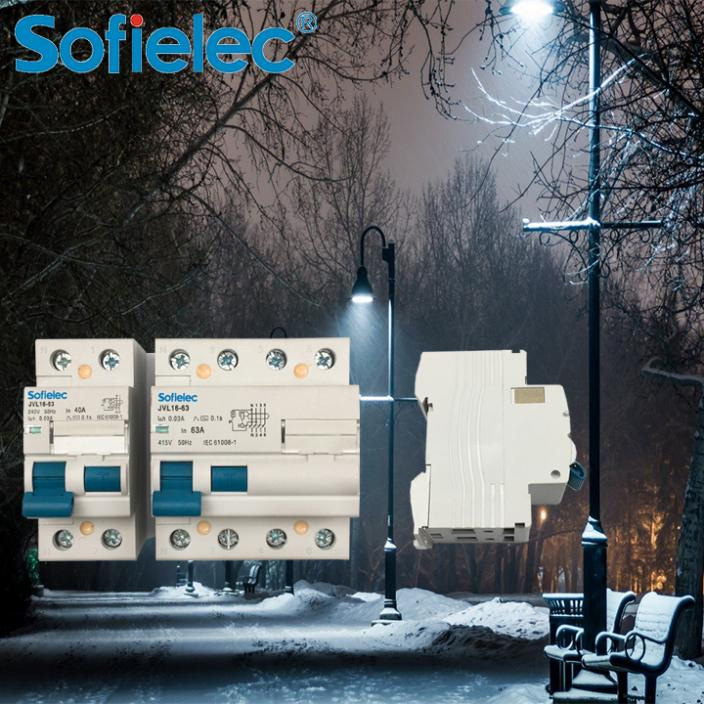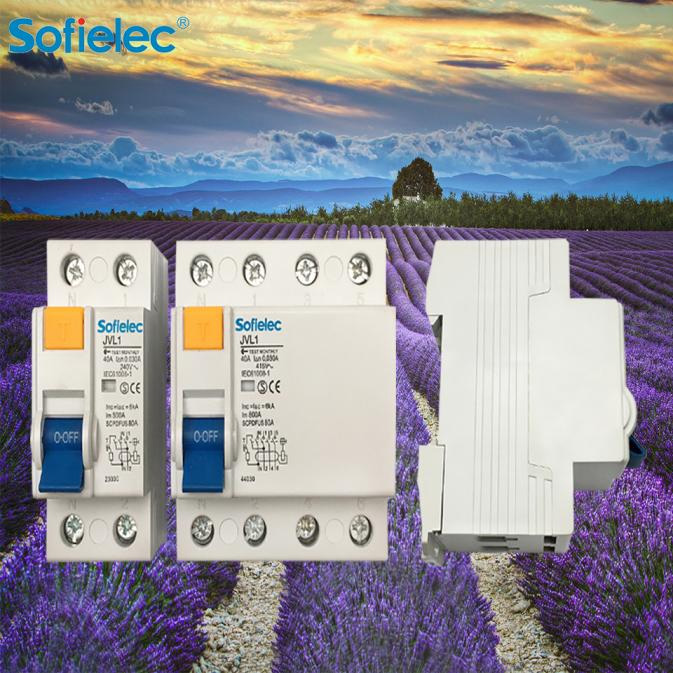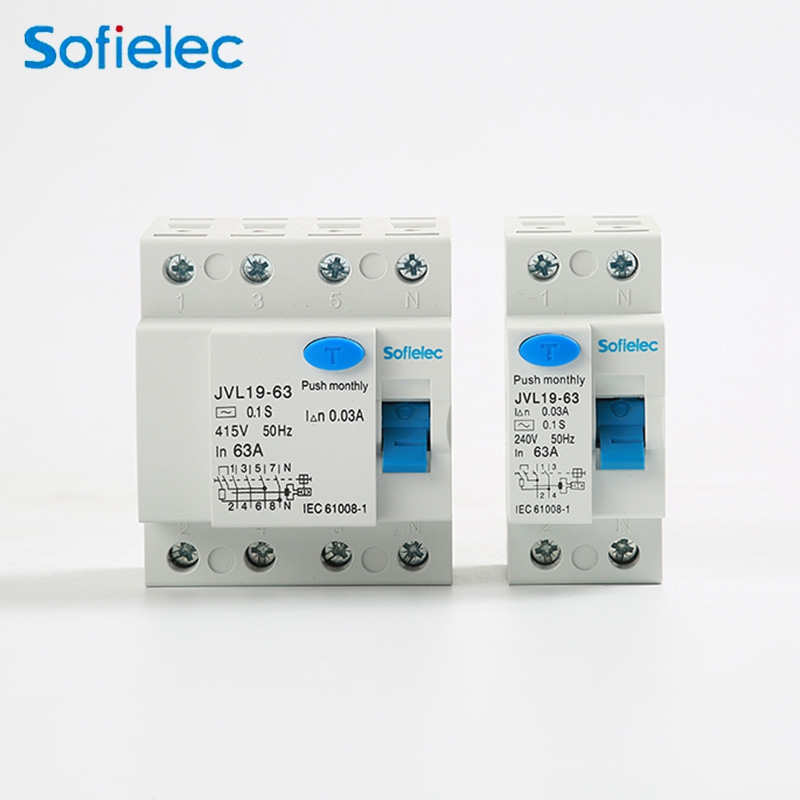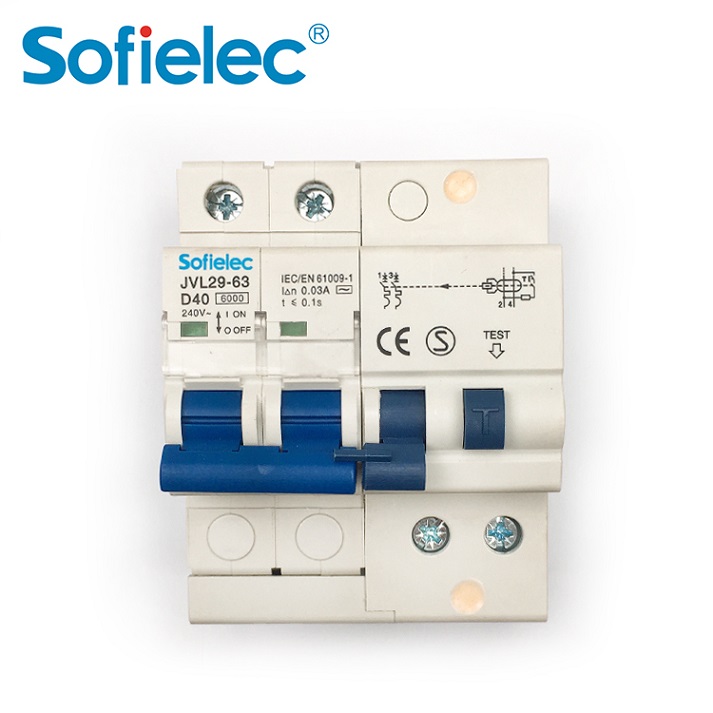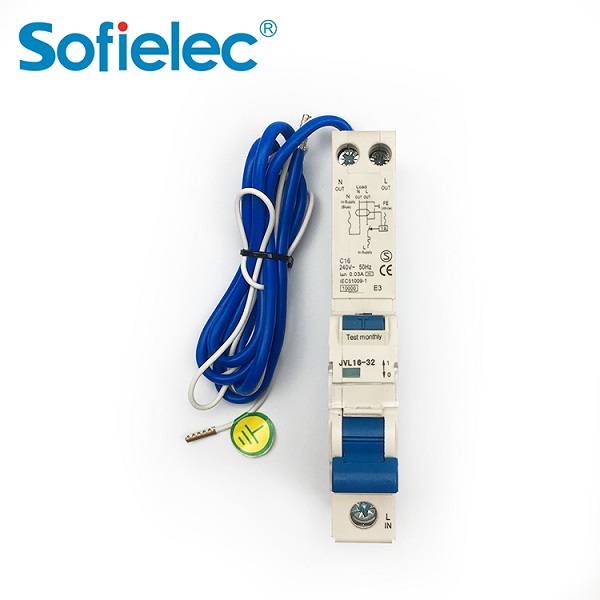The meaning and working principle of RCCB, and a few points you want to know
Working principle of residual current circuit breaker(RCCB)
Leakage circuit breaker, as the name suggests, is an electrical device that protects against leakage. When the current in the power supply exceeds the maximum current value set in advance, the leakage circuit breaker will automatically disconnect, playing a role in protecting the power supply and avoiding unnecessary safety accidents. In the wiring diagram of a residual current circuit breaker(RCCB), if there is a neutral wire or a live wire, and there is no leakage, the direction of the live wire and the neutral wire is opposite and the current is equal. When there is leakage, magnetic force will be generated, and the current will be uneven, which will disconnect the residual current circuit breaker and achieve protection.
The function of residual current circuit breaker
The main function of a residual current circuit breaker is to immediately cut off the power supply when a person experiences a leakage or electric shock accident, ensuring people's safety and preventing the occurrence of electric shock accidents. In addition, some wiring diagrams for residual current circuit breakers also include other devices to enable them to have both short circuit and overload functions.
The main structure of residual current circuit breakers
Leakage protectors have high sensitivity and quick action in response to electric shock and leakage protection, which cannot be compared to other protective appliances such as fuses and automatic switches. When automatic switches and fuses are operating normally, they need to pass through the load current, and their action protection values should be set to avoid exceeding the normal load current. Therefore, their main function is to cut off phase to phase short circuit faults in the system (some automatic switches also have overload protection functions). The residual current protection device utilizes the residual current of the system to react and act. During normal operation, the residual current of the system is almost zero, so its action setting value can be set very small (usually mA level). When the system experiences a personal electric shock or the equipment casing is charged, a large residual current occurs. The residual current protection device reliably acts and cuts off the power supply by detecting and processing this residual current.
Customer concerns regarding residual current circuit breakers
(1)What are the meanings of type A, type B, and type AC leakage?
What are the meanings of A type, B type, and AC type leakage circuit breakers (leakage protection switch current transformer ZT), and what are the differences in their functional applications? What are the meanings of A type, B type, and AC type leakage circuit breakers (leakage protection switch transformers), and what are the differences in their functional applications? The main difference between A-type leakage protector and AC type leakage protector is that the AC type only provides protection for AC leakage and cannot act on DC pulsating leakage, thus not providing protection; Type A not only protects against AC leakage, but also against DC pulsation leakage. Therefore, Type A has more comprehensive and safe leakage protection than Type AC.
(2)There are 4P and 3P+N plastic case circuit breakers with leakage. What are the differences between them and what are their applications?
4P means that the zero wires are disconnected together when breaking, while 3P+N means that only three live wires are disconnected and the zero wires are continuously disconnected when breaking.
P: The meaning of Pole is extreme. The internal structure is: 4P is a 4-pole breaking, and 3P is a 3-pole (three wire) breaking.
This article will tell you about the working principle, function, and main structure of residual current circuit breaker (RCCB), and solve customers' concerns about residual current circuit breakers, such as what does type A, type B, and type AC leakage mean? There are two types of leakage molded case circuit breakers: 4P and 3P+N. What are the differences between them and what are their applications?

